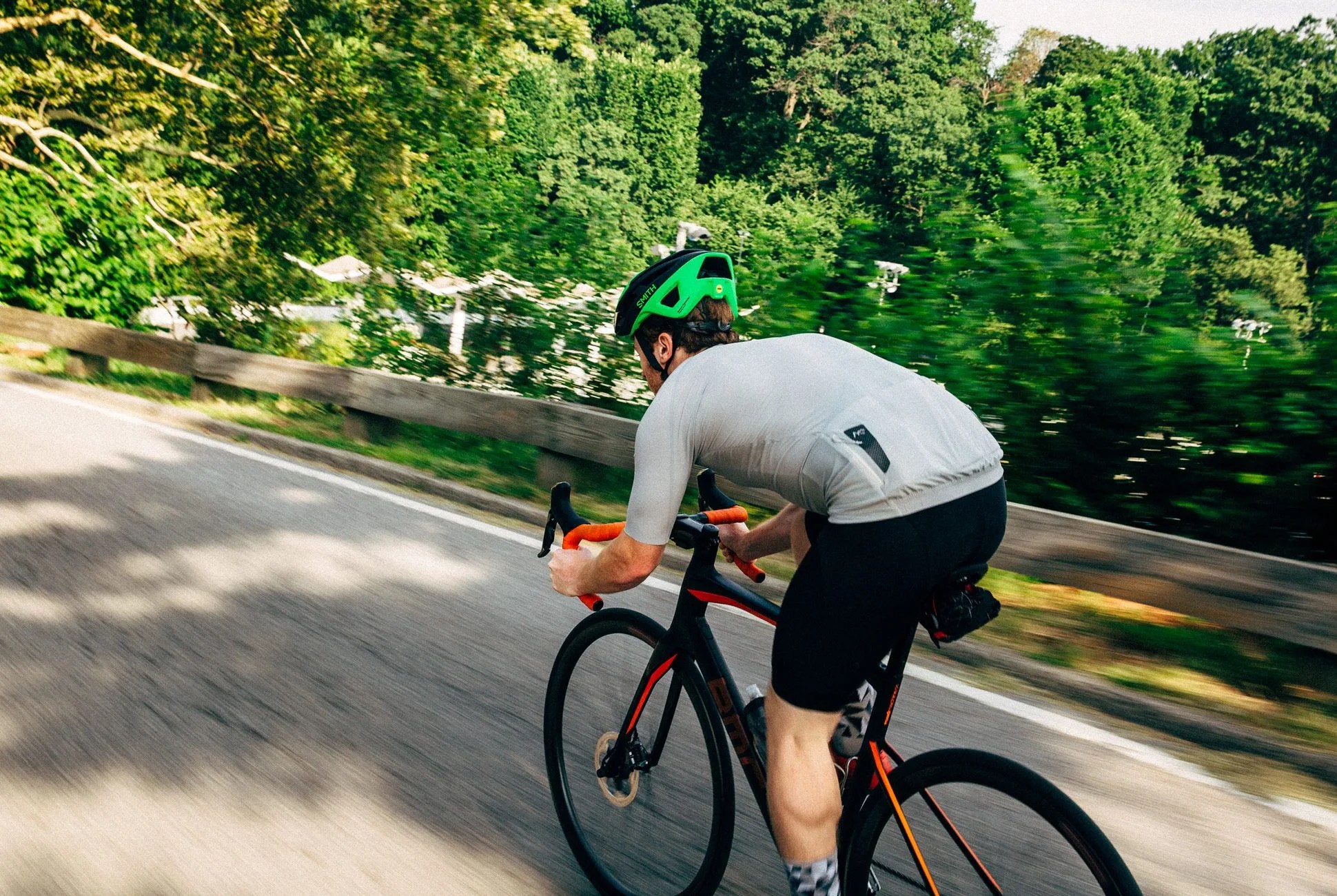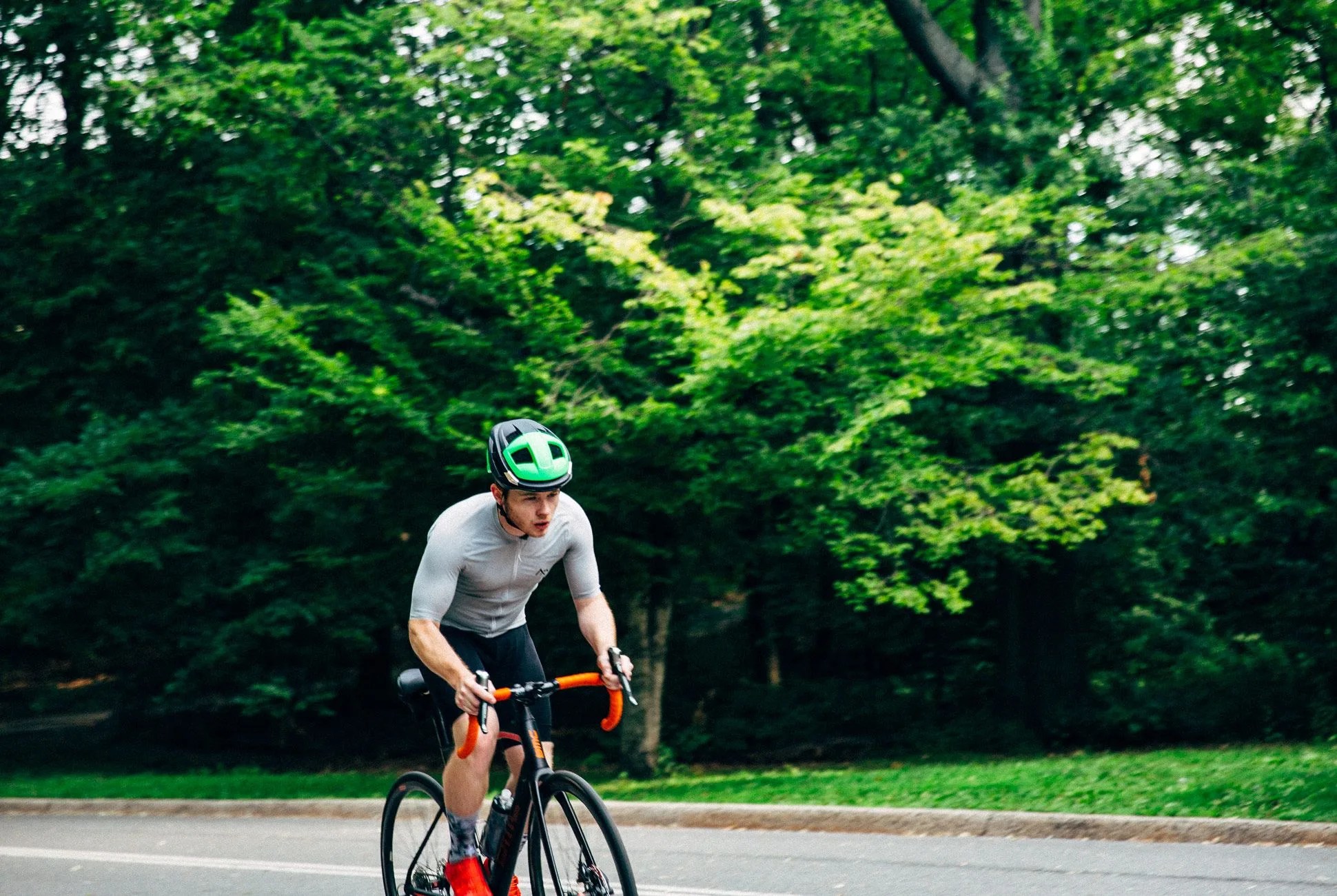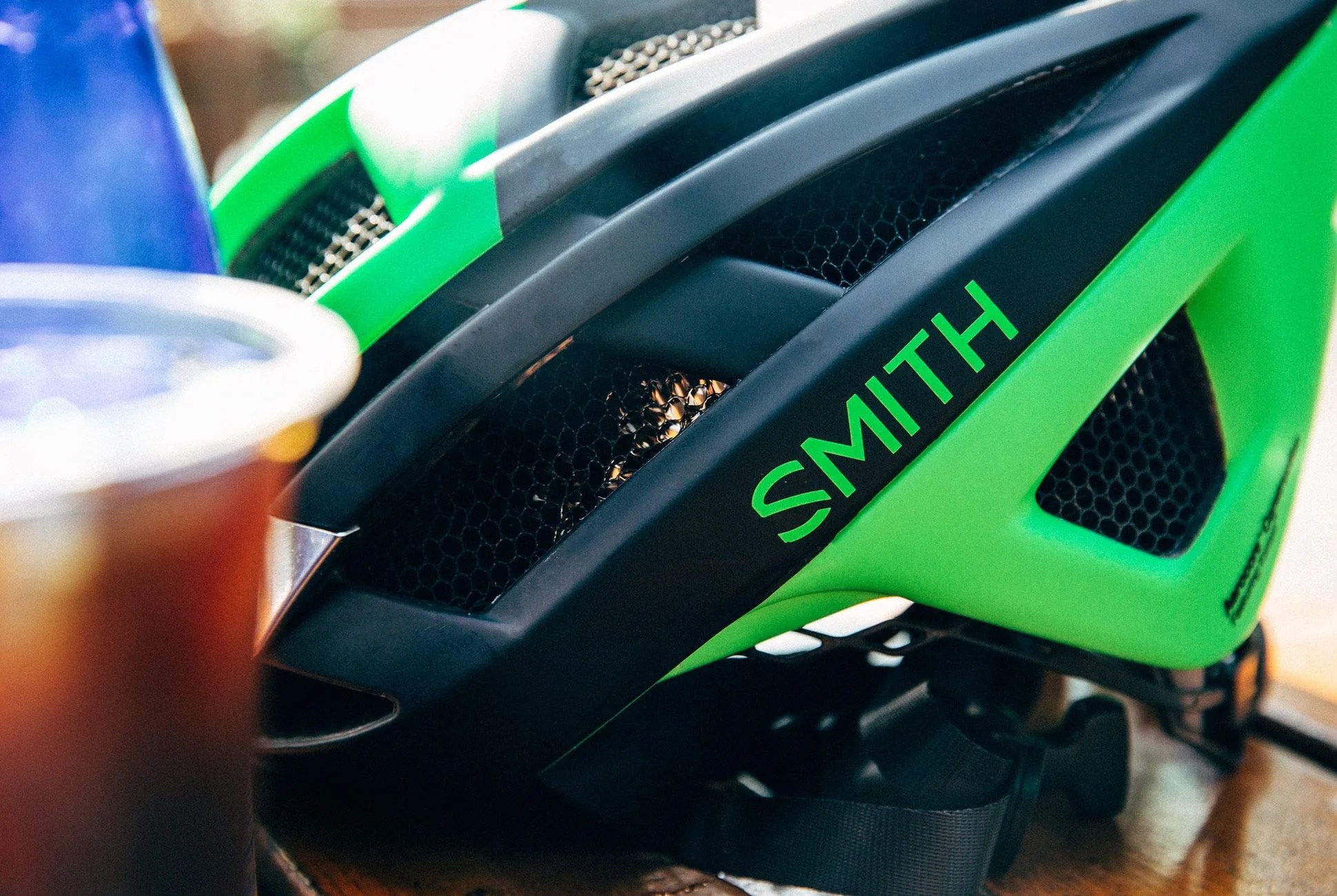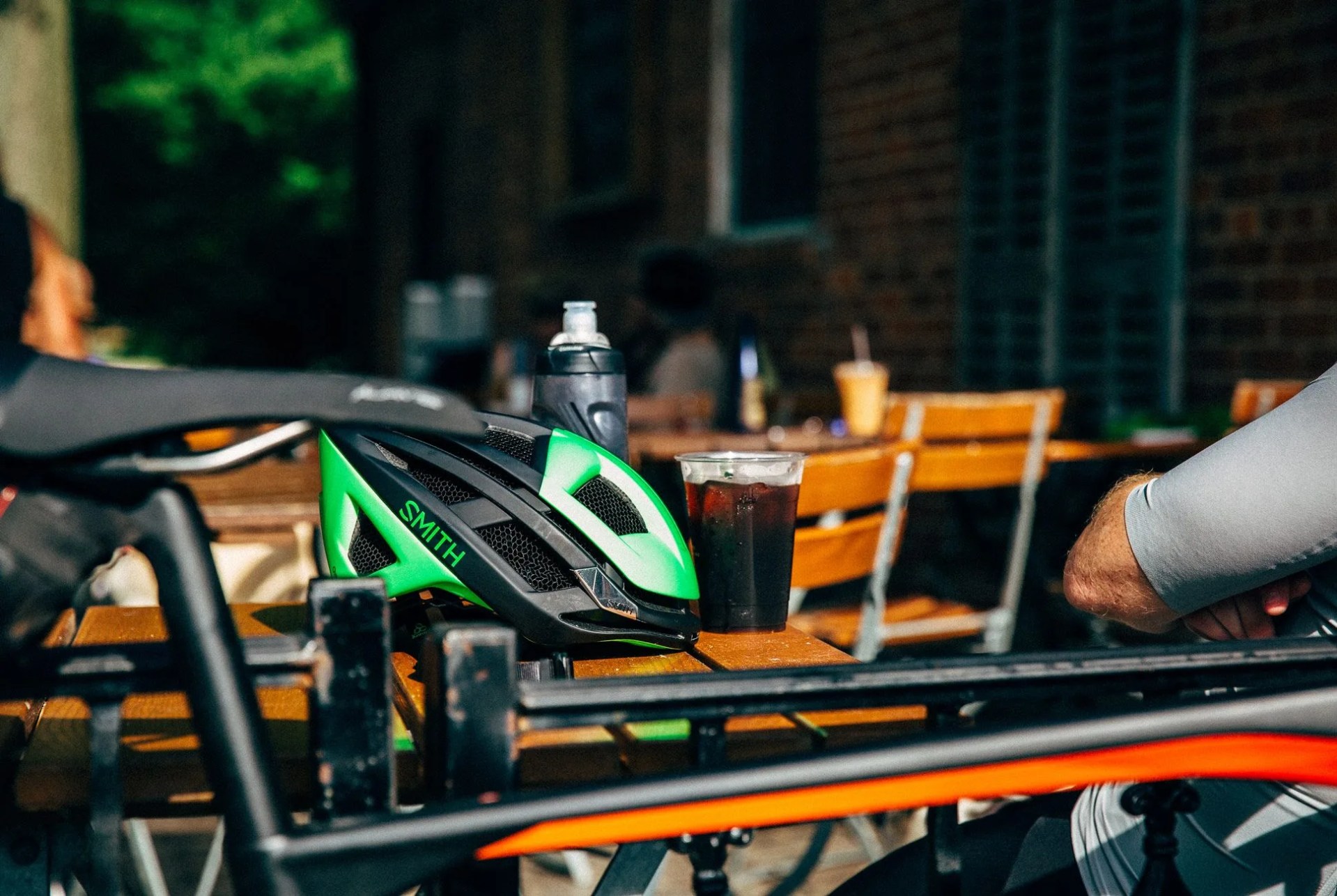5 photos

Unless you found it tucked between the clothing and dairy aisles at your local big box store, your bike probably has at least one feature that qualifies as genuinely innovative. Maybe even revolutionary, depending on the bike maker’s level of skill. In any case, your bike is, from an engineering standpoint, special, and you know it. It’s why you bought the thing. The same goes for everything else: backpack, shoes, sunglasses, GPS watch. They’re all innovative, in their own way. Why, then, would you ever consider wearing a helmet — the one thing standing between you and a potentially life-threatening head injury — that’s anything but?
Smith, long an innovator in the world of sports eyewear and safety, uses a pretty miraculous material in its helmets. It’s called Koroyd, and it will completely change the way you think about protection.
Koroyd is a meticulously engineered impact-absorbing material that was originally developed for the aerospace industry. It looks like a bright green honeycomb lattice, containing thousands of co-polymer tubes thermally welded together — almost like a sheet of bunched-up plastic straws. On impact, the “straws” buckle and crush, absorbing and diffusing the energy. But how is that any different from existing helmet technology?
“The cool thing about Koroyd is that it’s an engineered structure for crushing in a homogeneous way — it actually absorbs and dissipates energy, instead of acting like a spring,” says Eric Thorsell, a Design Engineer at Smith. Ubiquitous EPS styrofoam compresses and rebounds — it doesn’t absorb and dissipate that energy like Koroyd. It’s an antiquated material derived from the packaging industry. “You can imagine if you have a chunk of foam, and you bang on it with something — at first, it’s this nice big fluffy chunk of foam, but as that hammer starts going through, the foam is compressing and getting denser and denser, so its ability to resist that force is being reduced. With Koroyd, those tubes will buckle all the way down, creating a linear energy absorber.”






